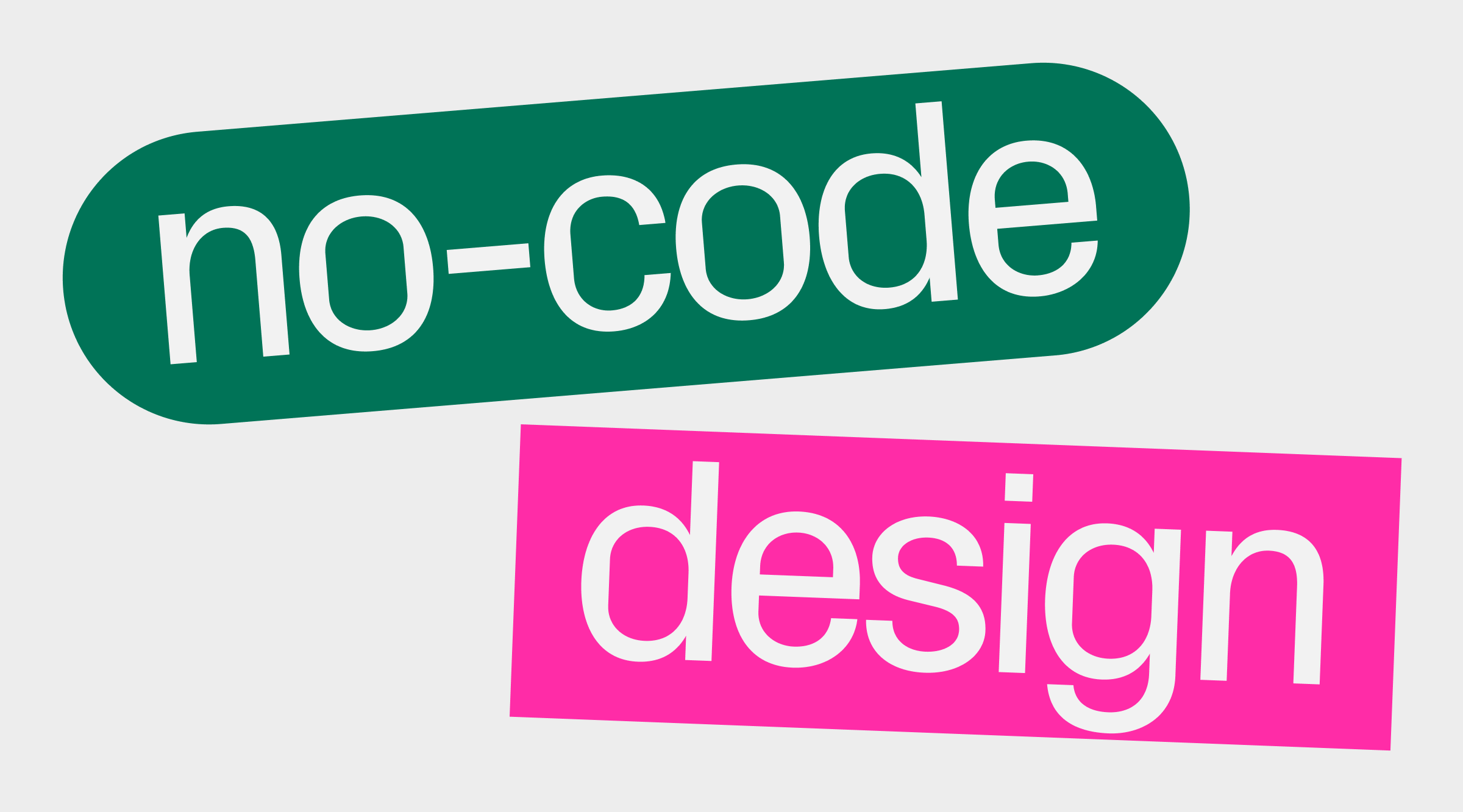No-code design—the ultimate choice for swift creative processes
Simplify your web design process by getting rid of code

Imagine spending less time on tedious tasks and more time on creative design. With no-code tools, you can automate and simplify your website development, saving engineering skills for complex tasks like custom features and advanced interactions.
Read on to learn how no-code tools differ from coding, what skills you need to apprehend them, and which Readymag features can help you nail an outstanding website without writing a single line of code.
Required skills for web design
Both coding and no-code tools require different skills. The table below shows the skills needed for each.
For someone planning to design a website, the main differences between coding and using a no-code tool are:
- Learning сurve. Learning multiple programming languages takes time and effort, while no-code tools are much easier and need no technical knowledge.
- Flexibility. Coding lets you customize everything. No-code tools also offer great flexibility, with many features and continuous improvements.
- Speed. Coding a website is slow. No-code tools offer templates and presets, making it much faster.
Overall, the barrier to entry for using no-code tools is lower, but no-code approaches are mostly great for narrow-scope tasks.
What you can and can’t do with a no-code design tool
Using a no-code design tool like Readymag, you can do the following and many more:
- Apply different kinds of animation to every element;
- Set up text styles, upload custom fonts, and use varied typography;
- Design complex intuitive layouts with or without presets;
- Use built-in SEO tools;
- Automatically optimize your site for different screen sizes;
- Add slideshows, galleries, custom cursors, and hotspots;
- Embed videos and control playback with animation triggers.
With a no-code tool, you mostly can’t:
- Manage backend processes, database interactions, or custom APIs;
- Implement custom security measures and protocols.
- Create large online shops with several e-commerce services.
Readymag no-code features for easy web design
Readymag helps to design landing pages, portfolios, small online stores, editorials, presentations, and almost anything on the web without coding due to its:
Varied no-code animation
There are several ways to add life to your site using Readymag:
- Use four types of animations—on load, on hover, on scroll, and on click. These can be controlled using widgets, making it easy to add interactive elements;
- Add Lottie animations through widgets to create animated buttons, lively icons, and story-like animations without the hassle of videos and GIFs;
- Create custom movements using Bézier curves for smooth, natural-feeling paths.
In-depth typography
In Readymag, you can set up text styles, upload custom fonts, and align text in different directions. You can also choose from a wider range of typographic symbols in the widget panel and use variable fonts.
Handy presets
Built-in widgets let you quickly add headers, footers, and menus and save the widget compositions you’ve created. Plus, there are presets with ready-to-go animations, so you can easily add some dynamic flair to your project. Presets are fully tweakable, so you can modify them as you wish.
Free-form layouting
In Readymag you’ll start building your project on a blank canvas, giving you the ultimate creative freedom. Nevertheless, the tool provides grids and guides to help you along the way.
You can also enable the Scale Layout feature, which adapts the content of any site to fit different screen sizes for a better user experience.
If you’re not into “free diving” yet, you can always borrow some ideas for your project from our Templates library. It’s the easiest way to start from scratch without any coding.